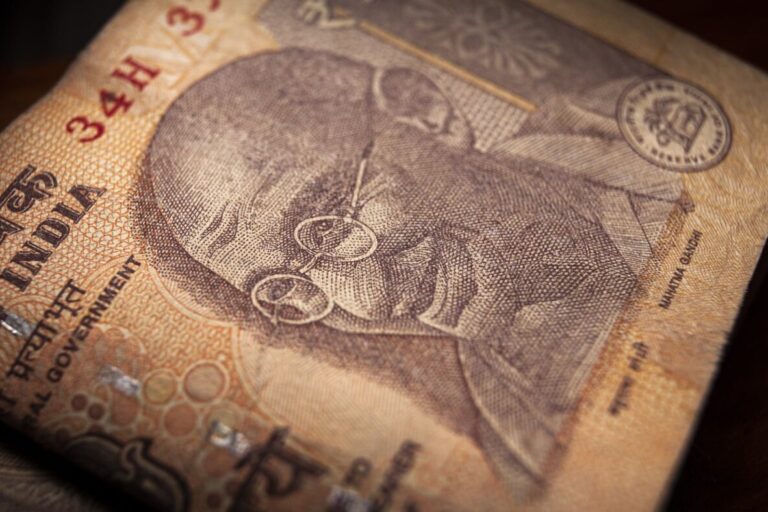Key Highlights
- The Indian Rupee is the official currency of the Republic of India. The Reserve Bank of India (RBI) is in charge of it.
- The Rupee has changed from old trading systems to today’s banknotes and coins.
- The British Raj and other colonial powers changed the money systems in Colonial India.
- Exchange rates, like 1 INR = $0.01179 USD, change every day based on the market rate.
- Smart tech currency converters and money transfer providers help with cheap and accurate international transactions.
- Conversion rates can be different. For example, 100 INR equals 1.179 USD or 848 INR equals $10 USD.
Introduction
The Indian Rupee (INR) plays a big role in international trade. It is among the most traded currencies worldwide. Therefore, keeping track of the exchange rate between INR and the US Dollar (USD) is crucial for businesses and travelers going abroad. You can use a currency converter to easily check the market rate, view daily highs, or set alerts for great rates. It’s also interesting to know about the Rupee’s history. This helps us see how it has influenced India and its trade links.
Evolution of the Indian Rupee
The Indian Rupee has been around for a very long time, dating back to ancient days. It began when people exchanged goods and used coins for trade. Then, during colonial times, it became paper money. Now, the Rupee is the official currency of the Republic of India. The Reserve Bank of India (RBI) manages it carefully.
The story of the Rupee is influenced by many factors beyond local events. Various trading cultures and colonial powers, especially the British Raj, changed its appearance and function over time.
Origins and ancient trade
In ancient India, people moved away from barter systems and began using early coins for trade. This change started the use of the Rupee in commerce. The term “Rupee” comes from the Sanskrit word “Rupya,” meaning stamped or shaped silver. Local traders and rulers created coins for easier trade within India and with nations like Rome and China.
India had a strong need for high-quality items like spices, silk, and cotton. This demand helped its economy grow. Trade along the Silk Road was busy, and silver and gold coins were often used as money. Soon, India became a wealthy location for trade.
As time passed, standardized coins were created to ensure transactions were the same. This early effort paved the way for the Reserve Bank of India to later start a more organized currency system. Trade by sea and land helped the Rupee gain importance in global money transactions.
Influence of colonial powers
The British Raj had a big impact on the Rupee. It became the official currency of Colonial India. Before the British arrived, various princely states in India used different forms of money. After the British East India Company gained control, they introduced standard metal coins.
In 1862, the government made the first modern Rupee. It featured symbols of Queen Victoria, which represented British power. During colonial rule, India began using paper money. This helped connect India more with global trade.
Even though India used a common currency, the Rupee lost value often during British rule. This was because it was tied to the British Pound. This situation made India depend on the British Empire. After India became independent, the Reserve Bank of India started new methods to manage the currency. This helped India become stronger economically and stabilize the Rupee.
Conclusion
In conclusion, the story of the Indian Rupee shows how money has changed over time. It also reflects the rich culture and economy of the country. The Rupee began with ancient trade and was influenced by colonial powers. It has evolved a lot, just like India itself. Understanding this history can help you know more about today’s financial world and the Rupee’s place in global markets. As you explore this topic, think about how currency impacts our lives. If you need more information, you can ask for a consultation.
Frequently Asked Questions
What symbols and figures have historically been used on Indian banknotes?
Indian banknotes display important symbols from history. They feature Mahatma Gandhi, national heritage sites, and wildlife. The earliest notes issued by the Reserve Bank of India that had Naye Paise (New Paise) included designs of Queen Victoria, the Ashoka Pillar, and farming scenes. Today’s notes showcase India’s rich culture. They help unite people and play a vital role in the economy.

